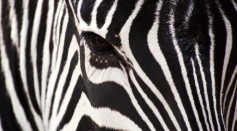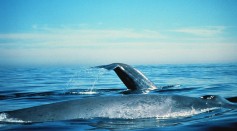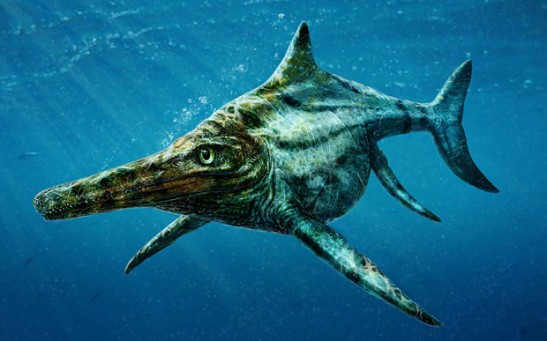nature

Can You Really Smell When It’s About to Rain? Scientists Now Know Why

Marine Mammals Can Suffer from Irregular Heartbeats When Diving Deep

Sea Turtles Use Earth’s Magnetic Field as a GPS

Alarming New Study Reveals Rising Sea Levels is Happening Faster Than Researchers Thought

Pushed to the Brink—Humans Put Earth in 'The Danger Zone'

Human Activity May Lead to a Bleaker Life Under the Sea

How Zebra Stripes and Rising Sea Levels Have More In Common Than You Thought

Giant Sea Animals Are Not So Giant After All

Meteorites and the History of Our Solar System: Not Everything Is As It Seems

How Zebras Got Their Stripes & Why Climate Change is Likely to Blame

Sea Turtles Reveal A Sixth Sense—Finding Their Way Home & Sensing The Seasons

Threatened Thresher Shark Birth Captured on Film

Study Shows Volcanoes May Be Causing Global Cooling

New Births Spark Hope for Conservation Ecologists: Orca and California Condor Share Miracle of New Life
Most Popular

AI Revolution in Medical Education: Transforming How Healthcare Professionals Learn

Optimizing Complex Catalog Systems with Graph Theory and Indexing

Exploring Life Beyond Earth: Study Claims Other Planets Could Be Suitable for Alien Life

China’s Tiangong Space Station to Expand Its Capabilities With New Modules






